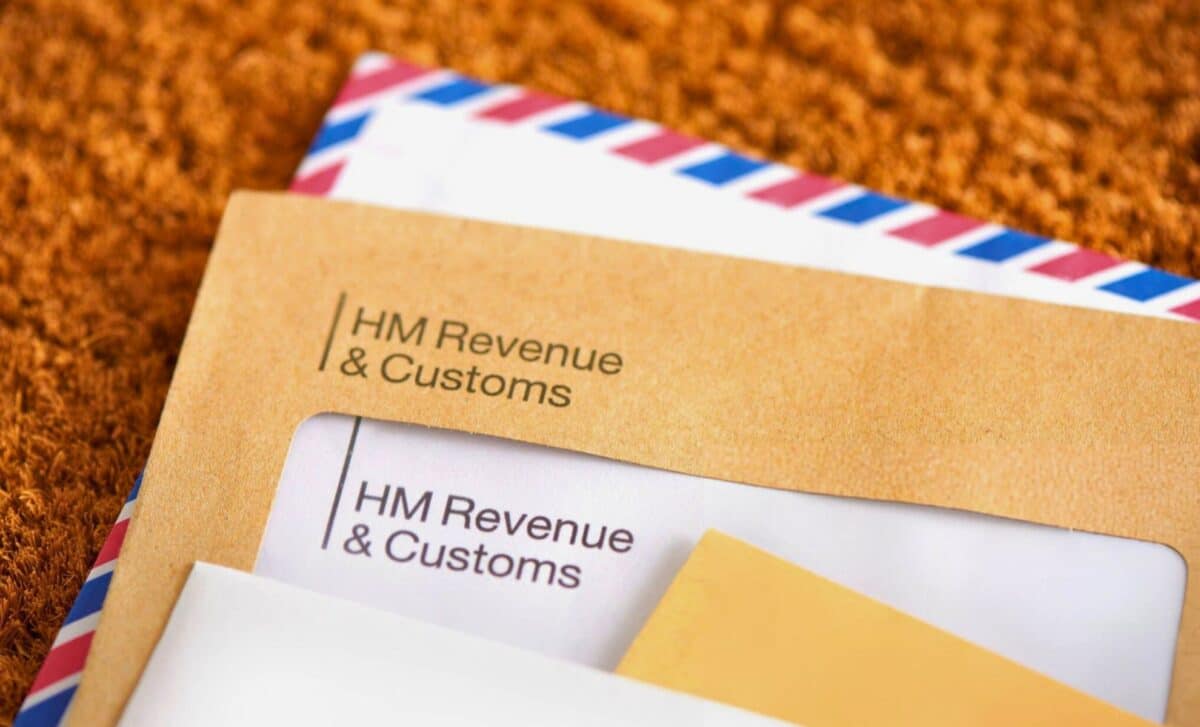Could you unknowingly have access to unclaimed savings that could improve your financial situation? HMRC has highlighted the possibility for thousands of individuals to locate funds they may not realise are available. These accounts, established years ago for a specific purpose, often hold significant balances that have yet to be claimed.
In a time when every penny counts, accessing these resources could be transformative. Yet, many people remain unaware of their existence, leaving these funds untouched. If you believe you may be eligible, now is the time to take a closer look and unlock what could be a much-needed financial boost. Let’s explore what these accounts are, why they remain unclaimed, and how to access what’s rightfully yours.
What Are Child Trust Funds?
Introduced in 2002 by the UK government, Child Trust Funds (CTFs) were designed to encourage long-term saving for children. The scheme provided every eligible child born between 1 September 2002 and 2 January 2011 with an initial government contribution of £250, or £500 for lower-income families. These tax-free accounts allowed families to add to the fund, with the savings maturing when the child turned 18.
Now, many of these accounts have matured, and their holders are unaware of their existence. According to HM Revenue & Customs (HMRC), more than 600,000 young adults could be missing out on an average of £2,212 in forgotten savings. These funds could provide a critical financial cushion, yet they remain untouched due to a lack of awareness.
How to Find Your Child Trust Fund
If you think you might have a Child Trust Fund but aren’t sure where to start, the good news is that locating it is straightforward and entirely free. HMRC offers an online tool on GOV.UK to help you track down your account. To use this tool, you will need your National Insurance number and date of birth. The process involves verifying your identity and then directing you to the provider holding your savings.
In a recent post on social platform X, HMRC encouraged eligible individuals to act quickly:
For those who already know their account provider, contacting them directly is an alternative route. If you don’t know your provider, the online tool will help identify it for you. Additionally, the Share Foundation provides a free service to assist in locating these funds.
Beware of Third-Party Agents
While locating your Child Trust Fund is free, some third-party companies offer services to track these accounts for a fee. These agents often charge high rates, sometimes taking up to 25% of the account’s value or charging fees as high as £350. HMRC warns against using these services, noting that they can reduce the amount of money you ultimately receive and often take longer than locating the fund yourself.
Instead of paying a third party, consider these safer, free options:
- GOV.UK Online Tool: Easy to use and directly connected to HMRC records.
- Contact Your Provider: If you know the organisation that holds your account.
- The Share Foundation: A non-profit option that requires only basic details like your National Insurance number and date of birth.
HMRC emphasises the importance of using official tools to ensure you keep every penny of your savings and avoid unnecessary delays.
Why Are So Many Funds Forgotten?
With such significant sums at stake, why do so many Child Trust Funds remain unclaimed? The reasons are varied. For some, parents set up the accounts without informing their children. Others may have forgotten about the fund entirely or lost track of it due to changes in address or personal circumstances.
HMRC has been actively trying to raise awareness, but many young adults remain unaware they have these funds waiting for them. This issue is compounded by the fact that account holders often have no contact with the financial institutions managing their funds until they actively seek them out.
What Can You Do with Your Funds?
Once located, your Child Trust Fund provides flexibility in how it can be used. You can withdraw the full amount for immediate needs, such as education, rent, or travel. Alternatively, you can choose to reinvest the funds into other savings or investment accounts for future growth.
For those unsure of what to do, financial advisors recommend considering these options:
- Short-Term Needs: Cover essential costs like education, housing, or bills.
- Reinvestment: Transfer the funds into a tax-free ISA for continued growth.
- Future Planning: Save for a long-term goal, such as a home deposit or retirement.
Don’t Let Your Savings Go to Waste
The Child Trust Fund scheme was designed to give young adults a financial head start, and it has succeeded in creating significant savings for many. However, these funds can only make a difference if they are accessed.
By taking a few simple steps to locate your account, you can unlock a potentially life-changing sum of money. With over 1.8 million accounts still active, it’s worth checking whether you’re among those eligible for this financial boost.
Act now to ensure your savings don’t remain out of reach. Whether you need the funds for immediate expenses or want to reinvest for the future, your Child Trust Fund could be the key to achieving your financial goals.









